The competitive insights of the Hydroxyapatite Market (HAp) Market reveal a dynamic landscape characterized by rapid growth and technological advancements. Hydroxyapatite Market, a naturally occurring mineral form of calcium apatite, has gained prominence due to its applications in orthopedic and dental implants, tissue engineering, and as a bone graft substitute.
The market is driven by the increasing demand for biocompatible materials that can facilitate bone regeneration and integration with biological tissues. Competition in this space is primarily a function of innovation in product development and advancements in extraction and processing technologies, which are essential in enhancing the performance and efficacy of hydroxyapatite products.
The market's competitive environment is further influenced by strategic partnerships, mergers and acquisitions, and a growing interest in sustainable practices among manufacturers.
Regenerys holds a significant position within the Hydroxyapatite Market (HAp) Market, leveraging its research and development expertise to innovate and improve Hydroxyapatite Market formulations. The company is renowned for its commitment to quality and the production of high-purity Hydroxyapatite Market, which is crucial for applications in regenerative medicine.
Regenerys has established a robust market presence, supported by rigorous testing and adherence to international standards, enhancing its reputation among healthcare professionals and institutions. The company's strengths lie in its extensive portfolio of product offerings, which cater to a diverse range of medical applications, as well as its ability to adapt to customer needs through customized solutions.
Additionally, Regenerys is recognized for its strategic collaborations with research institutions and hospitals, facilitating advanced research opportunities and driving awareness of Hydroxyapatite Market's benefits in clinical settings.
The Tianjin Central Research Institute of Building and Construction has carved out a niche in the Hydroxyapatite Market (HAp) Market through its innovative approach to material science and engineering.
The institute is actively involved in research and development aimed at improving the properties of hydroxyapatite, focusing on enhancing its mechanical strength and biological compatibility for construction and orthopedic applications.
With a well-established research foundation, Tianjin Central Research Institute of Building and Construction benefits from a collaborative network involving academic institutions, leading to new insights and advancements in Hydroxyapatite Market technology.
The institute's strengths include its state-of-the-art facilities and a dedicated team of professionals who continuously explore innovative ways to optimize Hydroxyapatite Market in various applications, making it a key player in the competitive landscape of the Hydroxyapatite Market.


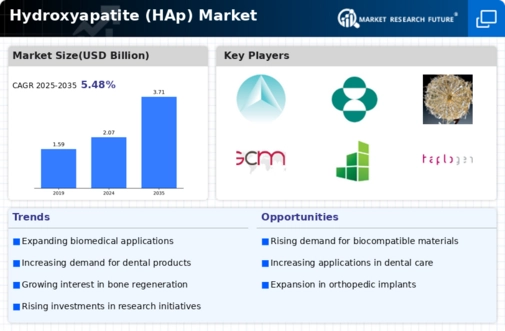
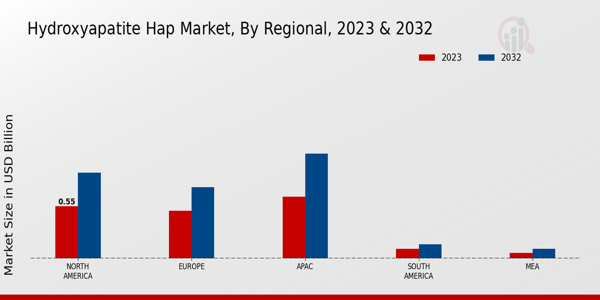
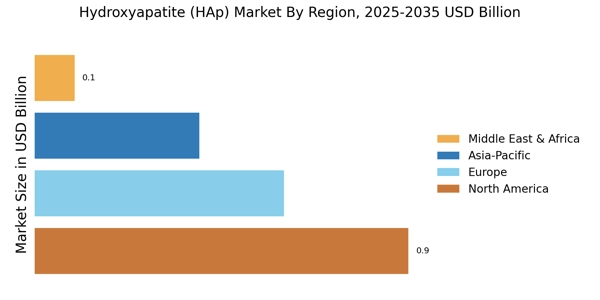
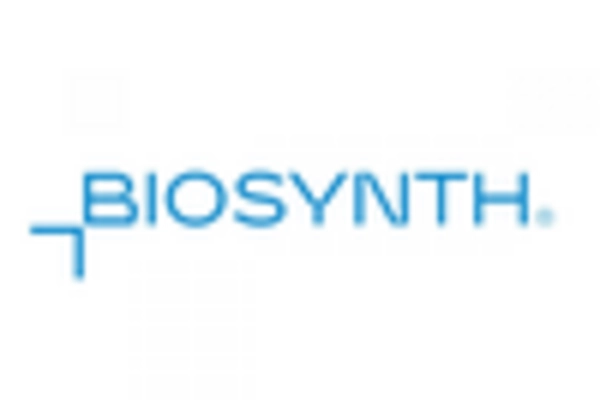
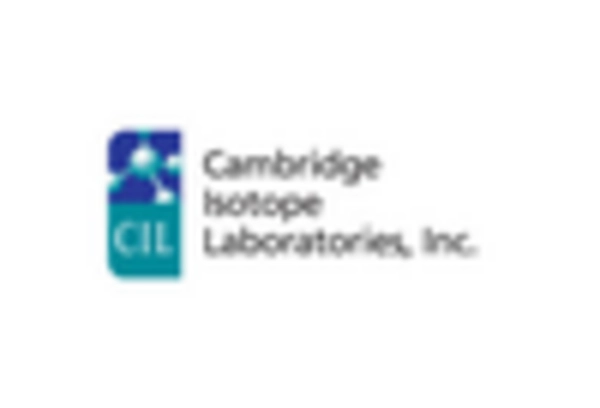
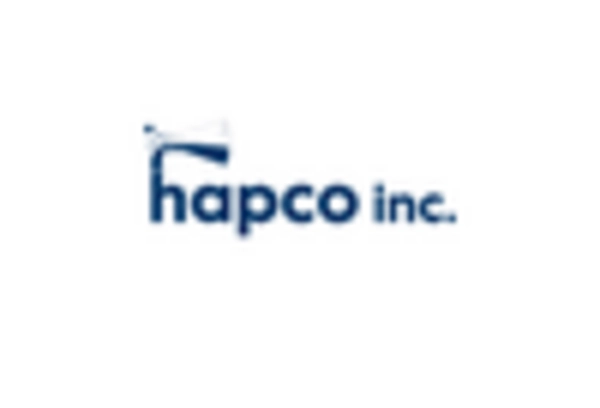
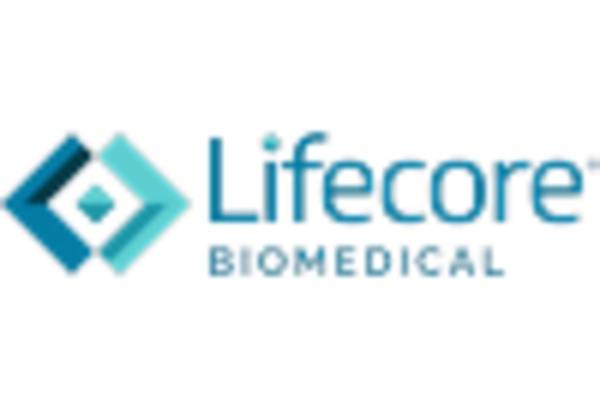

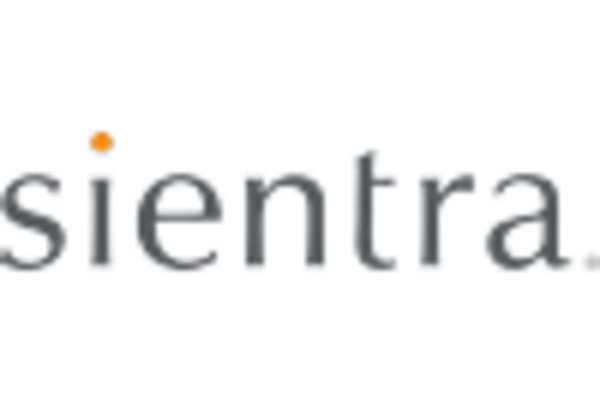








Leave a Comment